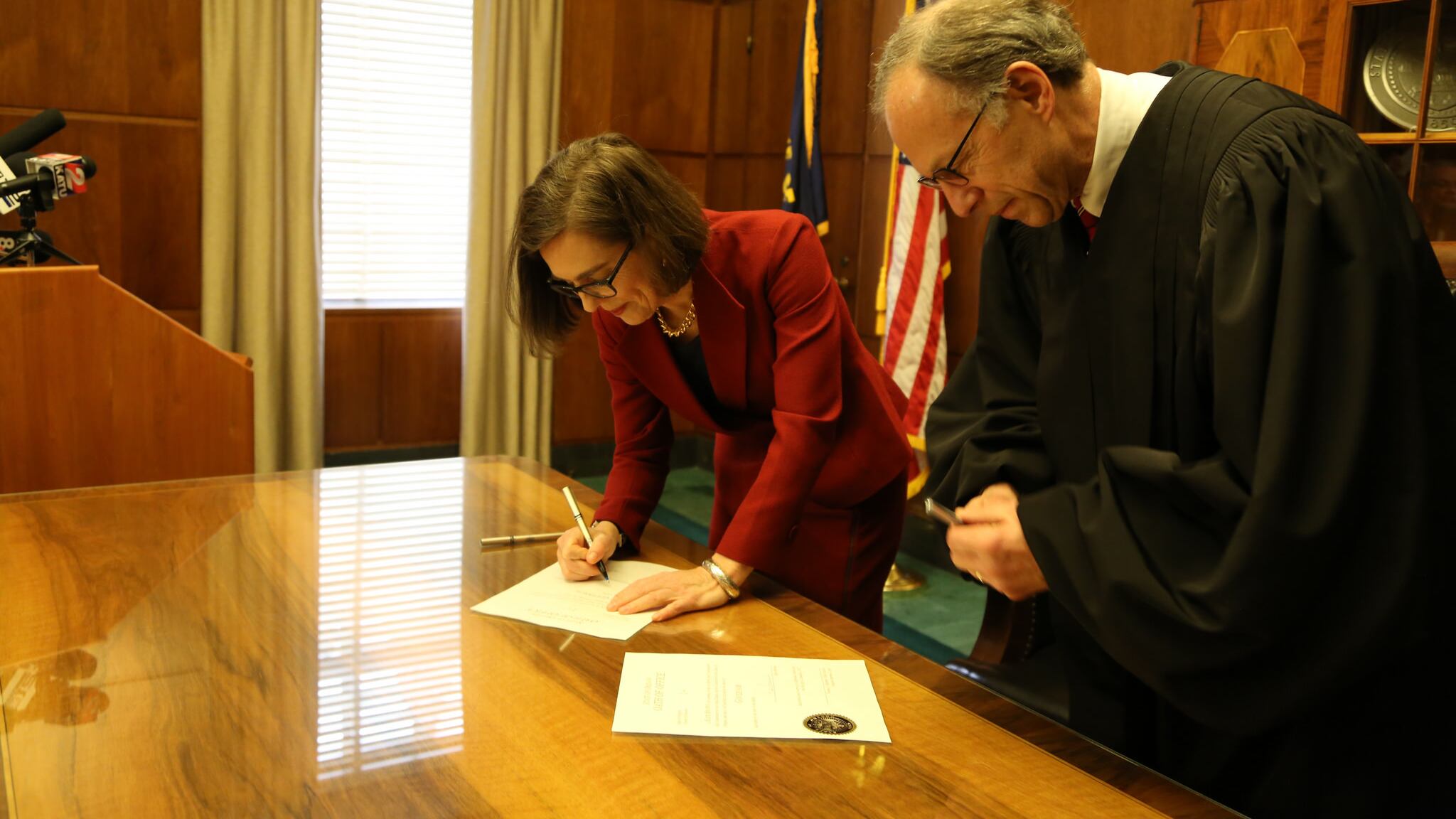A new study of voter turnout in the 2016 general election found that Oregon had the eighth-highest turnout rate in the country—but also the greatest improvement from 2012.
The study, produced by NonProfit Vote and the U.S. Elections Project, determined that the six states with the highest turnout all had same-day voter registration.
That feature allows slackers or people who have trouble with their registration to show up and vote on election day. It's not possible in Oregon because our vote-by-mail system requires voters to be on the rolls before election day.
The study measures turnout in terms of voter-eligible population, which is the percentage of those old enough to vote or not otherwise disqualified who cast a ballot. That's a different measure from the turnout figures commonly cited by state elections officials, which simply measure the percentage of registered voters who cast a ballot.
There's a significant difference: Oregon election officials reported turnout of 80.33 in the November election. That's the percentage of registered voters who cast a ballot. But the percentage of those actually eligible to vote who cast a ballot was much lower, the new study found, just 68.3 percent.
The chart below shows the percentage of eligible voters who cast a ballot in each state.
Oregon (eighth) and Massachusetts (seventh) are the states with the highest turnout that don't have same day registration.
The report also highlights a troubling phenomenon—the lack of competition in races for the U.S. House of Representatives, which reached a new low in the 32 years the non-partisan Cook Political Report has tracked them. (None of Oregon's races was competitive in 2016.)
Observers have pointed to two causes for the lack of competition: gerrymandered district boundaries which are drawn to generate a specific outcome and the increased self-selection or "sorting" that citizens engage in as the move to areas where they are surrounded by like-minded voters.
The report also highlights the biggest increase in voter turnout, which happened in Oregon as result of a law Gov. Kate Brown sponsored when she was secretary of state—the so-called "motor-voter" system of registering voters automatically when the obtain or renew an Oregon driver's license.


